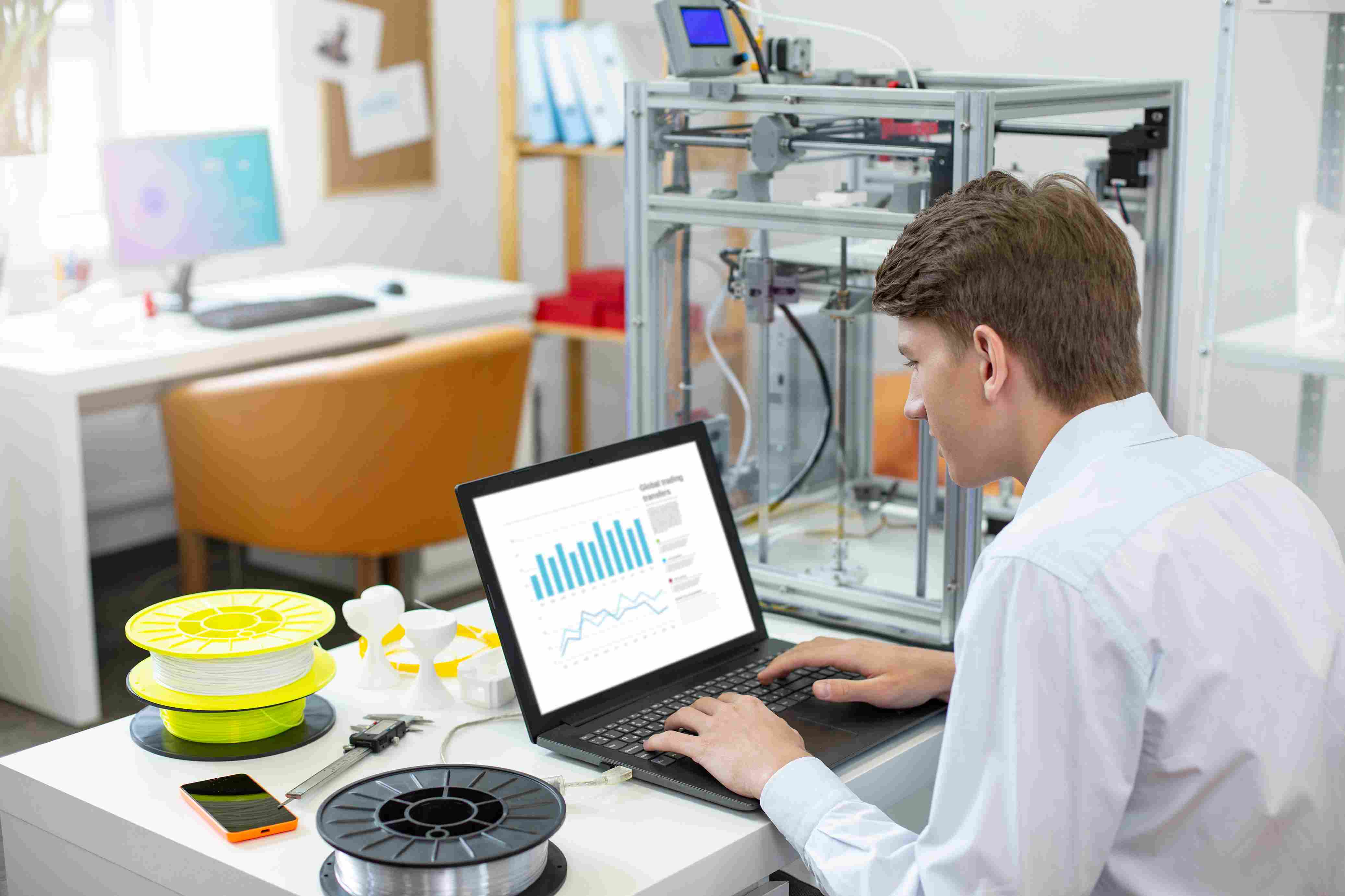In the fast-paced world of scientific research, diagnostics, manufacturing and compliance, laboratories are constantly under pressure to perform efficiently and accurately- while meeting increasingly complex regulatory requirements. Managing all this with spreadsheets or paper records is no longer sustainable.
Enter Lab Management Software (LMS). From streamlining sample tracking and test workflows to boosting compliance and automating tedious manual tasks, LMS is transforming how labs operate worldwide.
This article offers a thorough practical look at how to choose the right lab management software- tailored to your lab’s size, type, challenges, cost budget, and long-term vision.
What is Lab Management Software?
Lab Management Software refers to digital platforms that consolidate and streamline lab operations. These systems help labs manage day-to-day functions such as sample tracking, workflow management, document control, reporting, inventory, compliance, and more.
There are several key types of lab management software;
- LIMS (Laboratory Information Management System): Ideal for high-throughput labs focusing on sample tracking and data integrity
- LIS (Laboratory Information System): Primarily used in clinical or diagnostic settings where patient data and medical records are involved.
- ELN (Electronic Lab Notebook): Used in research settings for documenting experiments and scientific observations.
- QMS-integrated LMS: Combines lab functions with broader quality control and document compliance tools.
Each of these systems serves different purposes and in many cases, a modern LMS may integrate features across multiple types.
For example QISS LAB integrates core features of LIMS and QMS into one cloud-based platform- making it an ideal choice for labs seeking both compliance and operational enhancement.
Signs You Need a Lab Management System
Not sure if your lab needs an LMS? Here are some clear indicators:
- Your team spends hours manually entering or searching for data.
- Sample misplacement, duplicate testing, or errors in labeling are frequent issues.
- Regulatory audits are stressful due to disorganized documentation.
- You struggle to track inventory, testing workflows, or turnaround times.
- You’re planning to scale your lab or expand services.
If any of these sound familiar, it’s time to consider a lab management system that grows with your operations and eliminates chaos from your day-to-day work.
Key Features to Look For
A good LMS should align with your lab’s workflow and offer scalable, practical features. Some of the most critical functionalities include:
- Sample and Test Tracking: Robust sample lifecycle tracking- from intake to disposal- ensures full traceability and chain of custody.
- Workflow Automation: Assign tasks automatically, set up alerts, and move away from bottlenecks caused by manual processing.
- Inventory Management: Track usage, expiration dates, and reordering for all lab supplies to avoid shortages or compliance issues.
- Document Control: Manage SOPs, training logs, and compliance documents with version control and secure access.
- Compliance and Audit Readiness: Ensures the system offers features like audit trails, user access controls, and support for standards such as ISO 17025 or 21 CFR Part 11. Platforms like QISS LAB come pre-configured with tools to support ISO standards, FDA 21 CFR Part 11, and other compliance frameworks- helping labs stay audit-ready and reduce regulatory risk.
- Instrument and System Integration: Connect lab instruments, ERP systems, and other tools for seamless data flow.
- User Experience and Support: Look for a system with a clean interface, customizable dashboards, mobile access, and responsive vendor support.
Step-by-Step: How to Choose the Right LMS
Choosing the best LMS is about more than checking feature boxes. It’s about understanding what your lab needs- and where it’s heading.
- Identify Pain Points and Goals: Start by defining your biggest challenges. Are you struggling with sample traceability? Is your lab failing audits or wasting time on redundant tasks? Map these issues against your long-term objectives.
- Form a Cross-Functional Team: Include voices from lab operations, QA, IT, and management. Each has different priorities and use cases that will influence the final decision.
- Build a Prioritized Checklist: Outline must-have features (e.g. compliance modules) and nice-to-haves (e.g.mobile access, AI-powered reporting). This keeps evaluations grounded in real needs.
- Shortlist and Research Vendors: Use peer reviews, user case studies, and demo videos. Check trusted sources like: Capterra, G2, SelectHub
- Ask for a Live Demo and Sandbox Access: See how the system handles your actual workflows, not just general use cases. Let your team test it and gather real feedback.
- Evaluate Support and Onboarding: Ask about training resources, implementation timelines, and customer support responsiveness. Smooth onboarding makes adoption easier.
- Consider Scalability: Make sure the LMS can handle increased sample volumes, new branches, or expanded testing scopes down the line.
Common Mistakes to Avoid
Even the best tools won’t work if implemented poorly. Here’s what to watch out for:
- Choosing Based on Price Alone: A low-cost system that can’t handle your complexity will cost more in the long run. But the software selected should not offer features that will not be utilized by the organization making the system cumbersome.
- Skipping Staff Involvement: Users are the best source of practical insight – include them early in the selection process to avoid resistance later.
- Underestimating Training Needs: A great LMS still needs structured training and support to get your team comfortable.
- Neglecting Regulatory Fit: If you’re in a regulated industry, ensure the LMS meets all necessary compliance standards from day one.
ROI: What You Gain from the RIGHT LMS
A well-implemented LMS pays for itself in time savings, risk reduction, and data-driven decision-making. Labs typically experience.
- Reduction in manual workload
- Faster sample turnaround times
- Increased audit preparedness and confidence
- Real time visibility into inventory, performance, and bottlenecks.
Closing Remarks
Choosing lab management software is an important decision, but it doesn’t have to be overwhelming. With clear goals, a solid plan, and collaboration across teams, you can find a system that grows with your lab’s needs. Solutions like QISS LAB are built to support not just digital efficiency, but also long-term improvements in accuracy, compliance, and operational confidence- making it easier to build a future-ready lab.

